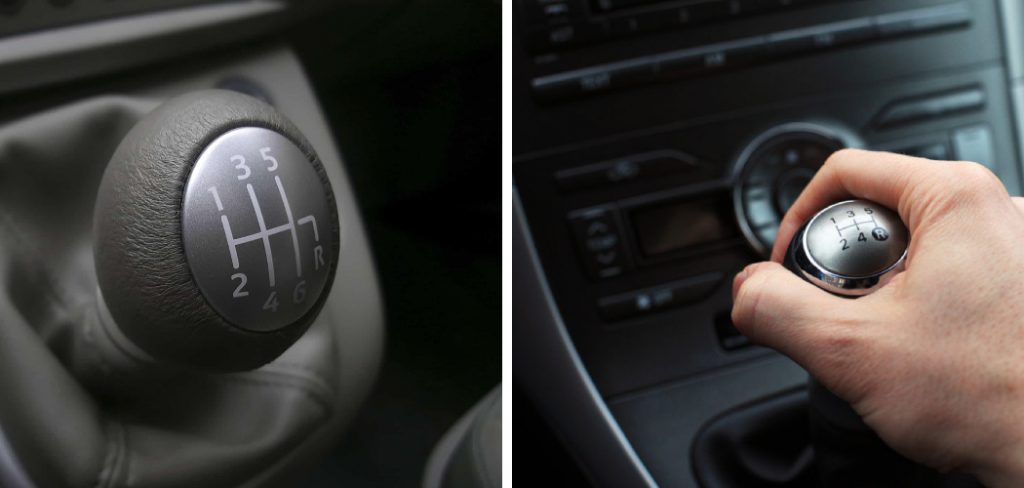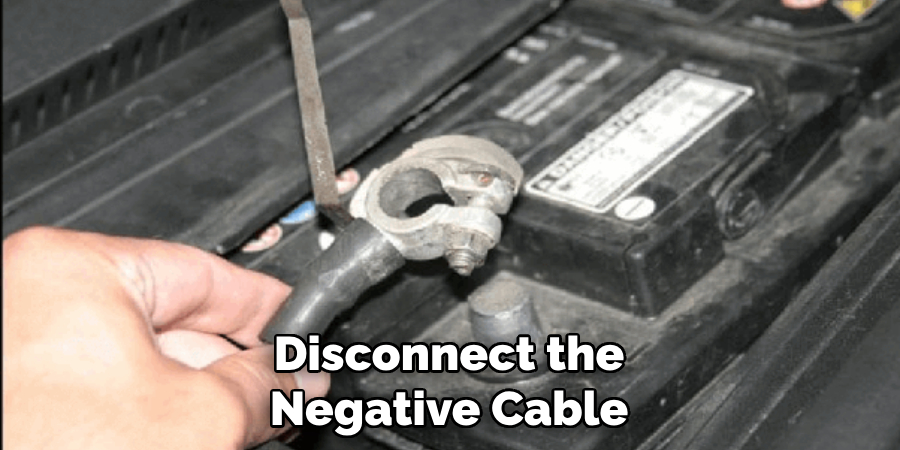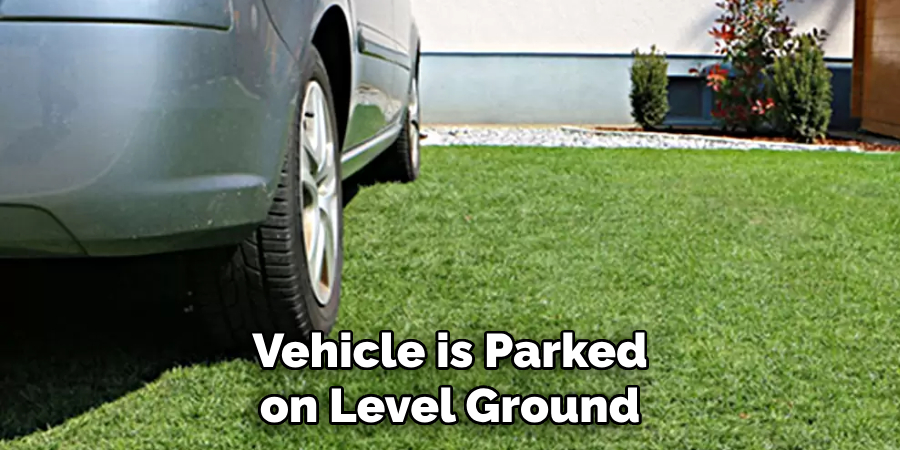I know the feeling all too well – your car starts to stall out when you shift gears, it struggles to gain momentum and you’ve seen the transmission warning light for far too long. For many drivers, a failing transmission is the source of neverending frustration. But have no fear, with the right steps your car can be back to smoothly gliding down the road in no time.

In this post, I’ll walk you through easy-to-follow steps on how to reset my transmission. By the end, that stubborn transmission warning light will finally be a thing of the past. So let’s get started on getting your transmission back into top shape!
What is a Transmission and Why Does it Need to be Reset?
Before diving into the reset process, let’s quickly go over what exactly a transmission is and why it might need to be reset. The transmission is a crucial component in your vehicle that allows power from the engine to be transferred to the wheels, essentially making your car move forward or backward. A properly functioning transmission is essential for a smooth and safe driving experience.
However, over time, the transmission can become worn or damaged due to wear and tear, resulting in issues such as slipping gears, difficulty shifting, and warning lights. This is when a reset may be needed to fix any underlying issues and get your transmission back to working properly.
Step-by-step Guidelines on How to Reset My Transmission
Step 1: Consult Your Owner’s Manual
Before attempting any reset process, it is crucial to consult your vehicle’s owner manual. Each car model may have a different method for resetting the transmission, so it is essential to follow the specific instructions provided by the manufacturer. The owner’s manual will also provide valuable information on when and how often your transmission should be reset.
Step 2: Disconnect the Battery

The next step is to disconnect the negative cable from your car’s battery. This will reset your vehicle’s onboard computer system, including the transmission. Make sure to wait for at least 30 minutes before reconnecting the battery as this will allow enough time for all systems to fully shut down. While the battery is disconnected, it is also a good opportunity to check for any corrosion on the terminals and clean them if necessary.
Step 3: Reconnect the Battery
Once the waiting period is over, reconnect the negative cable to the battery and start your car. Allow it to idle for a few minutes so that the computer system can calibrate with the transmission. While reconnected, the vehicle may perform a self-diagnosis, which is normal and should not cause any concern. Make sure to check for any warning lights, as they may indicate an issue that still needs to be addressed.
Step 4: Use a Scanner

If the first three steps do not resolve your transmission issues, you can use an OBD2 scanner to reset the transmission. This device can read and clear any diagnostic trouble codes (DTCs) from your vehicle’s computer. Simply plug the scanner into the OBD2 port, which is typically located under the dashboard on the driver’s side. Follow the instructions provided with your specific scanner to reset the transmission and clear any DTCs.
Step 5: Take Your Car for a Test Drive
After completing the reset process, take your car for a test drive to ensure that it is running smoothly. Pay attention to any warning lights or strange noises, and if these issues persist, it might be best to take your car to a certified mechanic for further inspection. If everything seems to be working correctly, congratulations – you have successfully reset your transmission!
Following these simple steps can save you time and money by avoiding a costly trip to the mechanic. However, if your car’s transmission issues persist, it is always best to seek professional help. Taking good care of your vehicle can prevent potential problems in the long run, so make sure to follow the maintenance schedule outlined in your owner’s manual.
By doing so, you can ensure that your car’s transmission stays in top shape for many miles to come. So, follow these steps and get back on the road with a smooth-driving vehicle! Happy driving!
Additional Tips and Tricks to Reset Transmission
1. When performing a transmission reset, it is important to ensure that the vehicle is parked on level ground and the parking brake is engaged. This will prevent the vehicle from rolling and causing any accidents during the reset process.

2. It is also recommended to disconnect the negative battery cable before attempting to reset the transmission. This will prevent any electrical interference and allow for a more accurate reset.
3. In some cases, a transmission reset may not solve the issue and a complete transmission fluid change may be necessary. It is important to consult with a certified mechanic before attempting any major changes to your vehicle’s transmission.
4. Regular maintenance and servicing of your vehicle’s transmission can help prevent the need for a reset in the future. Make sure to follow the recommended maintenance schedule provided by the manufacturer.
5. If you are experiencing ongoing issues with your transmission, it is important to have it inspected by a professional as soon as possible. Ignoring potential problems can lead to more severe and costly repairs in the future.
6. After resetting the transmission, take some time to test drive the vehicle and ensure that the issue has been resolved. If not, consult with a mechanic for further assistance.
7. Keep in mind that every vehicle’s transmission may have different reset procedures, so it is important to refer to the owner’s manual or consult with a professional for specific instructions.
8. In addition to resetting the transmission, regularly checking and replacing worn-out transmission fluid and filters can help maintain the overall health of your vehicle’s transmission.
9. If you are unsure about performing a transmission reset on your own, it is always best to seek professional help to avoid any potential damage to your vehicle.
10. Remember, prevention is key – following good driving habits such as avoiding aggressive acceleration and shifting can also help prolong the life of your transmission and prevent the need for frequent resets.
Following these tips and tricks can help ensure a successful transmission reset and maintain the longevity of your vehicle’s transmission. So, it is important to keep them in mind and regularly follow them for optimal performance of your vehicle on the road.
With proper maintenance and care, you can prevent major issues with your transmission and avoid costly repairs in the future. Stay proactive and informed about your vehicle’s transmission to keep it running smoothly for years to come. Happy driving!
Frequently Asked Questions
What Type of Transmissions Can Be Reset?

Most vehicles with automatic transmissions can be reset, including cars, trucks, and SUVs. However, the process may vary slightly depending on the make and model of your vehicle. It is always best to consult your owner’s manual for specific instructions.
Why Should I Reset My Transmission?
Resetting your transmission can improve its performance by adapting it to your driving style and habits. It can also help to clear any error codes or malfunctions that may be affecting the transmission’s performance.
How Often Should I Reset My Transmission?
It is not necessary to reset your transmission regularly unless you are experiencing issues with its performance. If you notice any abnormal behavior, such as rough shifting or delayed responses, it may be time to reset your transmission.
Can I Reset My Transmission on My Own?
Yes, you can reset your transmission on your own, as long as you have the necessary tools and knowledge. However, if you are not comfortable with performing this task yourself, it is always best to take your vehicle to a certified mechanic for assistance.
Is There Anything Else I Should Know Before Attempting to Reset My Transmission?
Before attempting to reset your transmission, it is important to understand the specific steps and procedures for your particular vehicle. It may also be helpful to gather all necessary tools and materials beforehand, as well as ensure that you have enough time set aside to complete the process.
Conclusion
In conclusion, understanding how to reset my transmission is an essential skill for any car owner or mechanic. By following these simple steps and taking the necessary precautions, you can successfully reset your transmission and improve its overall performance. Whether you’re experiencing issues with shifting gears, strange noises, or a decrease in fuel efficiency, resetting your transmission could be just the solution you need. So don’t hesitate to give it a try and see the difference it can make in your driving experience!
Remember to always refer to your vehicle’s manual for specific instructions and consult a professional if you are unsure about any step in this process. With that said, go ahead and confidently tackle this task, because now you know exactly how to reset your transmission like a pro! Get ready to get back on the road with a smoother and more efficient ride.
Don’t forget to share this valuable information with others who may find it useful as well. Keep your car running at its best by giving it the proper maintenance it deserves – starting with knowing how to reset your transmission during those times of need. Happy driving!

Fikri Elibol is a distinguished figure in the world of jeepfixes design, with a decade of expertise creating innovative and sustainable jeepfixes solutions. His professional focus lies in merging traditional craftsmanship with modern manufacturing techniques, fostering designs that are both practical and environmentally conscious. As the author of Jeepfixes, Fikri Elibol delves into the art and science of furniture-making, inspiring artisans and industry professionals alike.
Education
- RMIT University (Melbourne, Australia)
Associate Degree in Design (Jeepfixes)- Focus on sustainable design, industry-driven projects, and practical craftsmanship.
- Gained hands-on experience with traditional and digital manufacturing tools, such as CAD and CNC software.
- Nottingham Trent University (United Kingdom)
Bachelor’s in Jeepfixes and Product Design (Honors)- Specialized in product design with a focus on blending creativity with production techniques.
- Participated in industry projects, working with companies like John Lewis and Vitsoe to gain real-world insights.
Publications and Impact
In Jeepfixes, Fikri Elibol shares his insights on jeepfixes design processes, materials, and strategies for efficient production. His writing bridges the gap between artisan knowledge and modern industry needs, making it a must-read for both budding designers and seasoned professionals.
